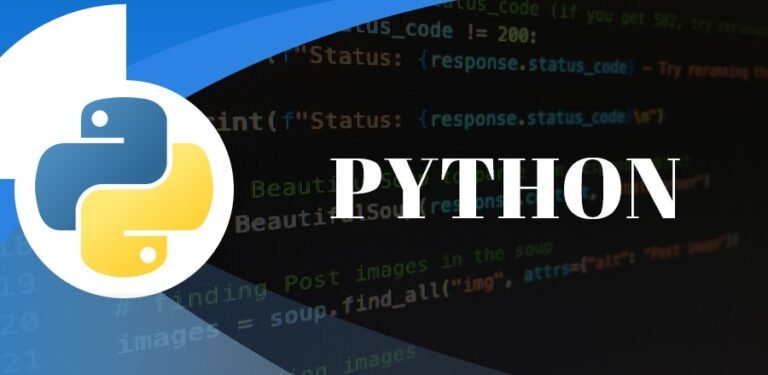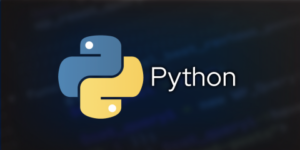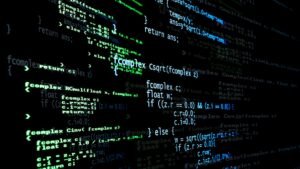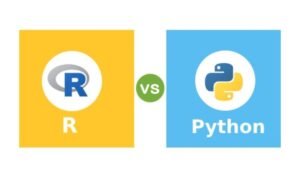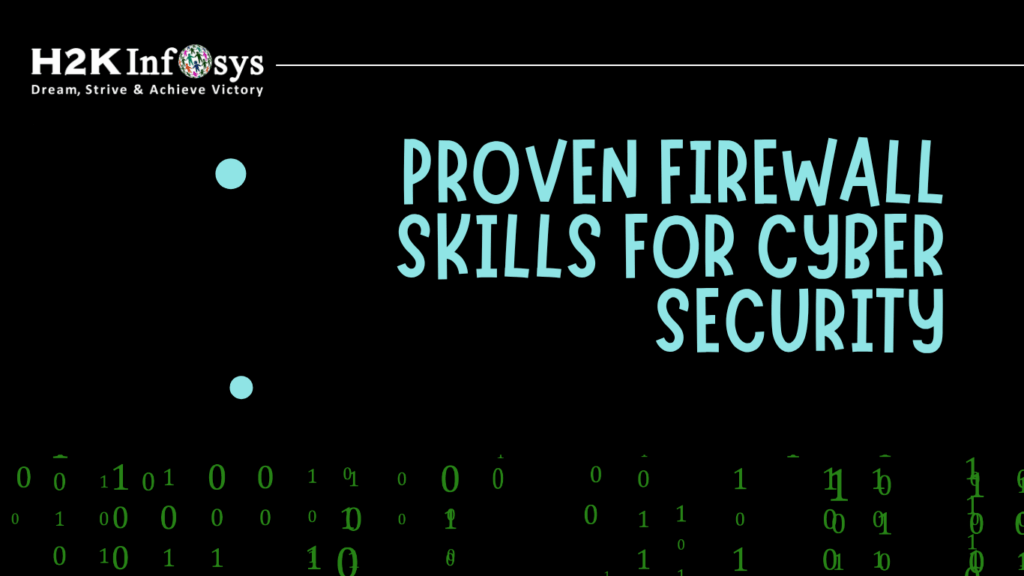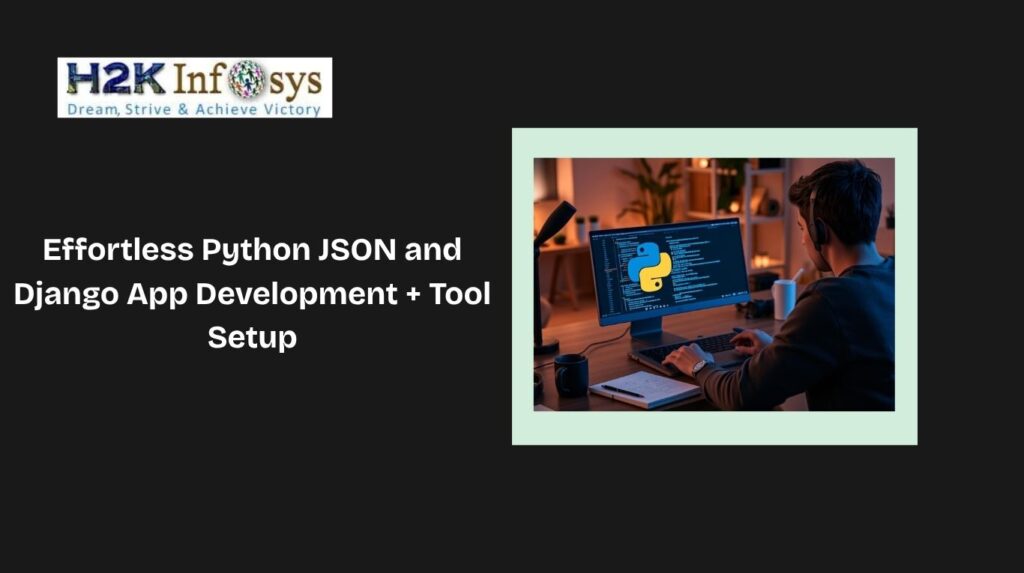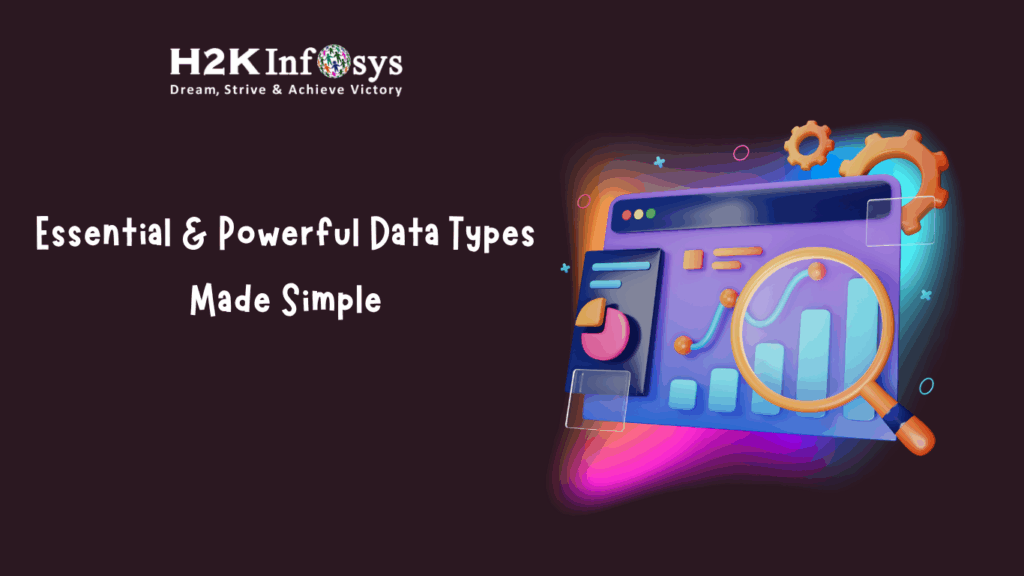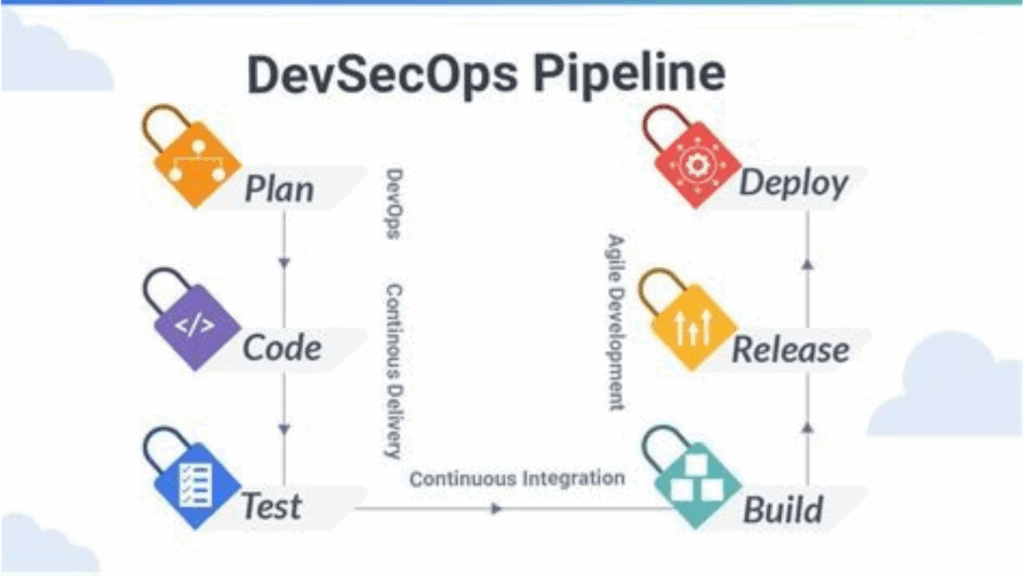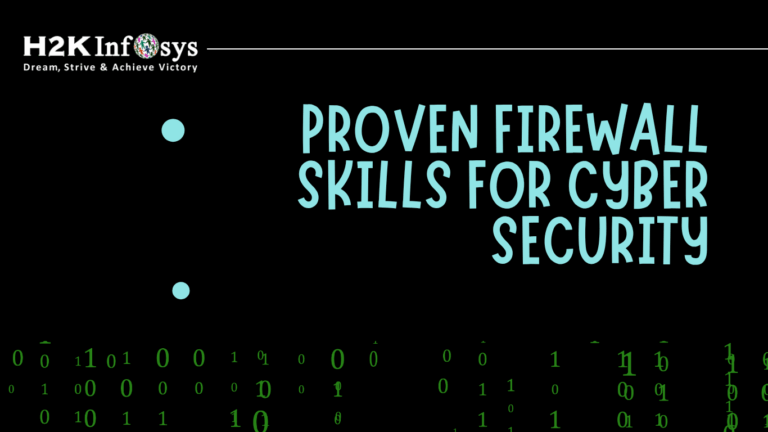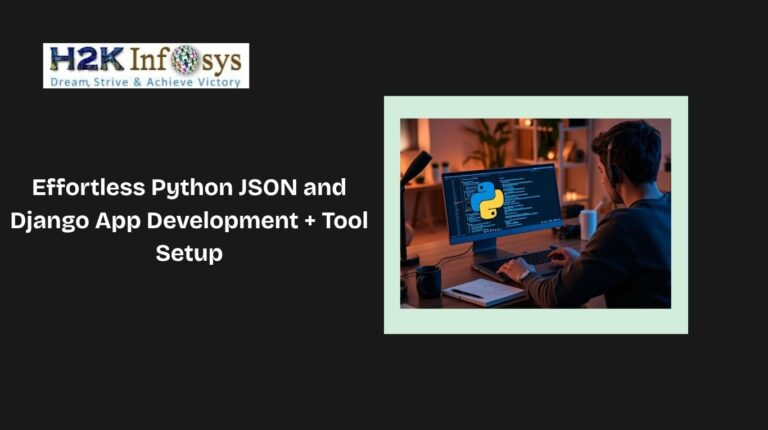Introduction
In the realm of technology of programming, Python continues to stand out as one of the most popular languages due to its simplicity, flexibility, and vast libraries. Whether you’re diving into data science or building web applications, understanding the syntax of Python is critical to writing efficient, error-free code. Syntax errors are common stumbling blocks for beginners, but with the right tools and strategies, you can avoid these errors and improve your coding skills.
This post is tailored to guide you through the essential process of getting started with Python3 syntax checking. For beginners, the road to becoming proficient in Python can sometimes feel overwhelming, especially when syntax errors disrupt your progress. But don’t worry this guide will offer invaluable tips, introduce you to the most effective tools, and walk you through real-world examples to help ensure you’re coding like a pro in no time. By mastering syntax, you’re not just avoiding pesky errors; you’re building a solid foundation that will support your growth in programming.
Whether you’re enrolled in our Data Science using Python Online Training, seeking to deepen your knowledge for a future in data science, or simply exploring the Best Python online course options to kickstart your programming journey, this guide is an essential first step. Python is versatile, used in everything from automation to web development, and mastering its syntax will pave the way for smoother, more efficient coding experiences.
By understanding and applying Python syntax correctly, you’ll not only avoid common pitfalls but also position yourself to tackle more advanced concepts with confidence, allowing you to focus on what truly matters: solving real-world problems and advancing your career. Mastering Python syntax is the gateway to unleashing your full potential as a programmer and data scientist.
Why Syntax Matters in Python
Before diving into tools and tips, it’s essential to understand why syntax is critical in Python. Python is known for its clean, readable, and concise Python3 syntax, making it an excellent choice for beginners and experts alike. However, this simplicity can also lead to frustration when small mistakes disrupt your workflow. Unlike some other programming languages where syntax may be more forgiving or hidden behind complex frameworks, Python3 syntax directly impacts the execution of your code. Even the smallest error, like missing a colon at the end of a function definition, forgetting to indent correctly, or leaving out a closing bracket, can result in syntax errors that will prevent your code from running.
These syntax errors do more than just halt your program they serve as roadblocks in your learning journey. A Python syntax mistake can lead to hours of debugging, wasting precious time that could have been spent learning advanced concepts or refining your projects. Additionally, when working on large-scale applications or data analysis tasks, such errors can create cascading problems, where a simple syntax mistake in one part of your code causes unexpected results or failures elsewhere.
Understanding the importance of syntax isn’t just about writing error free code it’s about forming a strong foundation in programming. Python Syntax forms the structure and logic behind everything you create. As you move forward with learning more advanced topics like data science, machine learning, or automation, mastering syntax becomes even more crucial.
A clear understanding of syntax will not only improve your coding efficiency but also enable you to collaborate with others, work with large codebases, and troubleshoot complex problems more effectively. By learning how to spot and avoid common syntax issues, you are equipping yourself with the ability to write cleaner, more efficient code that can handle the demands of real world applications.
Real World Example:
Consider this small code snippet:
python
#Incorrect syntax
def greet()
print(“Hello, World!”)
This will throw a syntax error because the function definition is missing a colon (:). Correcting the syntax:
python
Correct syntax
def greet():
print(“Hello, World!”)
Common Python Syntax Errors and How to Avoid Them
Indentation Errors
Python syntax uses indentation to define code blocks instead of curly braces {} like other languages. Missing or inconsistent indentation is one of the most frequent errors for beginners.
Example Error:
python
def my_function():
print(“This will throw an indentation error.”)
Correct Code:
python
def my_function():
print(“This will not throw an indentation error.”)
Tip:
Always ensure that you consistently use either spaces or tabs throughout your code. Most code editors can be configured to help you maintain consistent indentation.
Mismatched Parentheses, Brackets, and Braces
Python uses parentheses (), brackets [], and braces {} for various structures, and forgetting to close them or mixing them up can cause syntax errors.
Example Error:
python
print(“Hello World”
Correct Code:
python
print(“Hello World”)
Tip:
Always check the closing of your parentheses, brackets, and braces. Most code editors highlight the corresponding opening and closing pairs for you.
Incorrect Function Definitions
Functions in Python are defined using the def keyword followed by a colon (:). Forgetting the colon or misplacing the function definition can lead to syntax errors.
Example Error:
python
def add_numbers(a, b)
return a + b
Correct Code:
python
def add_numbers(a, b):
return a + b
Tools for Python Syntax Checking
For beginners, manual debugging can be tedious and time consuming. Fortunately, there are numerous tools available to help check your Python syntax efficiently and effectively.
PyCharm
PyCharm is one of the most popular Integrated Development Environments (IDEs) for Python. It has built-in syntax checking that underlines errors as you type.
Pros:
Real time error detection
Autocompletion and suggestions
Supports debugging and version control
Cons:
Can be resource-heavy for larger projects
Pylint
Pylint is a Python tool that checks for errors in Python code and enforces a coding standard. It’s an excellent choice for beginners because it not only checks for syntax errors but also helps with writing cleaner and more consistent code.
Pros:
Provides detailed feedback on code quality
Helps enforce coding standards
Cons:
Can be overly strict, flagging minor issues
flake8
Flake8 is another tool for linting Python code. It combines PEP8 (Python’s style guide), PyFlakes (for detecting syntax errors), and other tools to provide thorough code analysis.
Pros:
Lightweight and fast
Integrates easily with other tools
Cons:
Focuses more on style than functionality
Visual Studio Code (VS Code)
VS Code is a lightweight but powerful code editor with a wide range of extensions, including Python-specific ones. Its Python extension provides syntax checking, debugging, and support for virtual environments.
Pros:
Highly customizable with extensions
Built in Git support
Cons:
Requires setup for optimal Python development
Online Python Syntax Checkers
For quick checks, you can also use online Python syntax checkers like PythonChecker.com or Repel.it, which allow you to test code snippets without installling any software.
Pros:
Easy to use for quick checks
No installation required
Cons:
Limited in functionality compared to IDEs
Step-by-Step Guide to Using Pylint for Syntax Checking
Now that you understand some popular tools, here’s a step-by-step guide on how to use Pylint for syntax checking.
Step 1: Install Pylint
Open your terminal and install Pylint using pip:
pip install pylint
Step 2: Run Pylint on a Python File
Navigate to the directory where your Python file is located and run:
pylint your_script.py
Step 3: Review the Feedback
Pylint will display a detailed report of any syntax errors, coding standards violations, and suggestions for improvement. Each issue will be marked with a severity level, helping you prioritize what needs fixing.
Best Practices for Checking Python Syntax
Write Clean, Readable Code:
Follow Python’s syntax PEP 8 style guide to ensure your code is clean and readable. This reduces the likelihood of syntax errors and makes debugging easier.
Use an IDE with Syntax Checking:
An IDE like PyCharm or VS Code can catch syntax errors as you write, saving you time and frustration.
Test Your Code Frequently:
Run your code frequently, especially when making changes. The sooner you spot syntax errors, the easier they are to fix.
Leverage Version Control:
Tools like Git can help you manage versions of your code, allowing you to track changes and revert to previous versions if a syntax error breaks your code.
The Role of Python Syntax in Data Science
In the realm of data science, accurate syntax is non negotiable. Data analysis, machine learning models, and automation scripts all require precise coding. As a beginner, developing good habits for checking and correcting syntax will save you significant time when working with large datasets or complex algorithms.
Key Takeaways
Master the Basics: Always focus on understanding Python’s syntax as it lays the foundation for more advanced topics like data science.
Use Tools Wisely: IDEs and linting tools are essential for catching errors early and improving code quality.
Consistency is Key: Adhere to Python’s style guide to ensure consistency in your coding practices.
Practice Makes Perfect: The more you code, the more familiar you will become with common syntax errors and how to fix them.
Conclusion
Mastering Python syntax is the first critical step in becoming a proficient programmer, especially for those aiming to excel in data science. Tools like Pylint, PyCharm, and VS Code can significantly streamline the process of checking and correcting syntax, allowing you to focus on more complex tasks such as data analysis, automation, and machine learning.
Are you ready to elevate your Python syntax skills and become a data science expert? Enroll in our Data Science using Python Online Training, the best Python syntax online course, and get certified with our Python online course certification. Start your journey today and learn from industry experts who can guide you every step of the way.
Call to Action:
Unlock the full potential of Python by enrolling in the best Python syntax online course today! H2K Infosys offers a comprehensive Data Science using Python Online Training program designed to help you master both the fundamentals and advanced skills required for success. Enroll now and kickstart your career with a Python online course certification!
